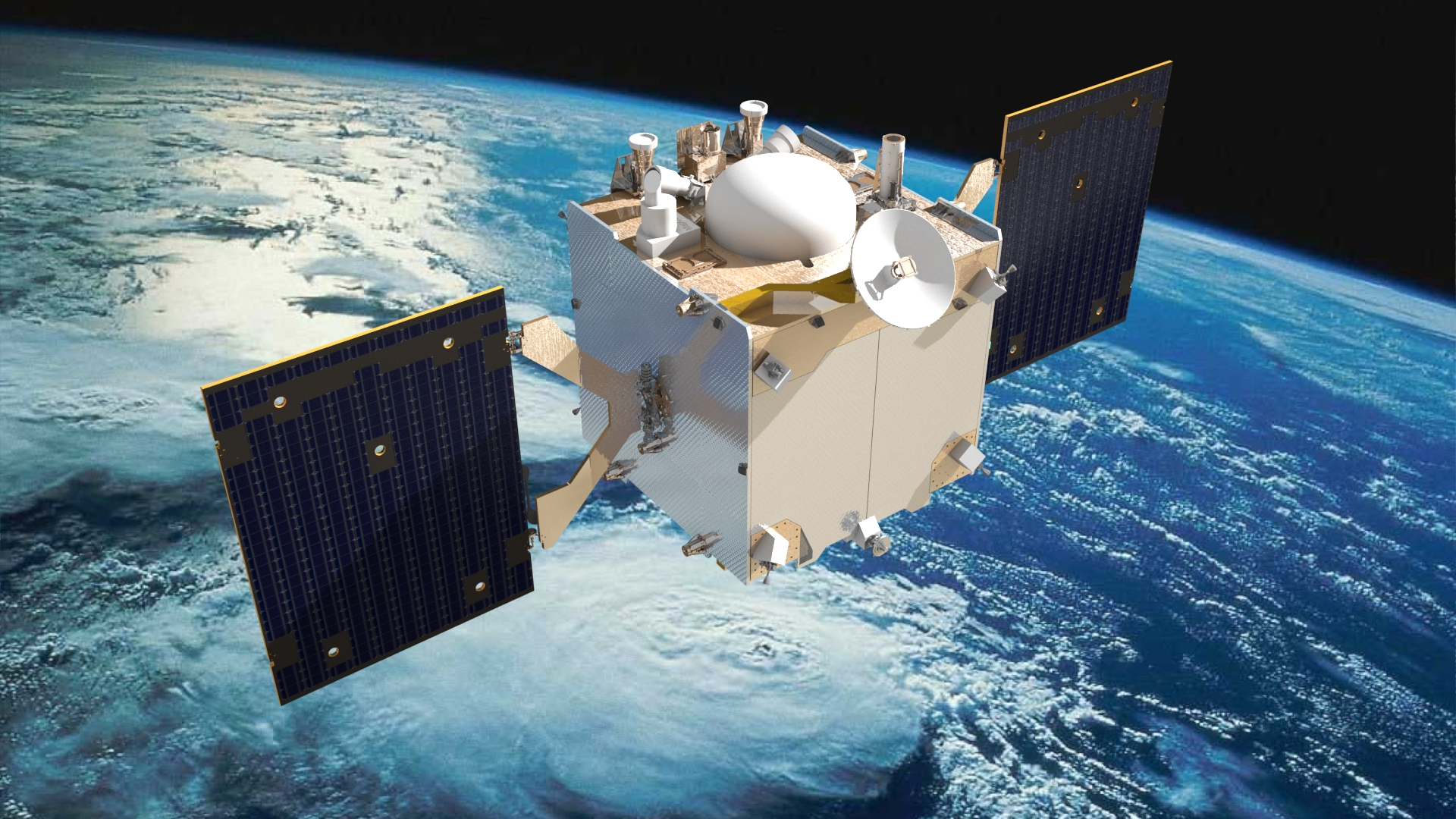- 8 Posts
- 2 Comments
Joined 2 years ago
Cake day: June 16th, 2023
You are not logged in. If you use a Fediverse account that is able to follow users, you can follow this user.
Happened at my workplace. An phishing email went out to test how likely people were to click the link.
Anyone who clicked the link had to take phishing training. Anyone who forwarded it to our internal “hey this is a phishing email” service also had to take training… because the internal service would automatically click the link.






I think that’s not the problem that this technology is intended to solve.
It’s not a “Is this picture copied from someone else?” technology. It’s a “Did a human take this picture, and did anyone modify it?” technology.
Eg: Photographer Bob takes a picture of Famous Fiona driving her camaro and posts it online with this metadata. Attacker Andy uses photo editing tools to make it look like Fiona just ran over a child. Maybe his skills are so good that the edits are undetectable.
Andy has two choices: Strip the metadata, or keep it.
If Andy keeps the metadata, anyone looking at his image can see that it was originally taken by Bob, and that Fiona never ran over a child.
If Andy strips the metadata (and if this technology is widely accessible and accepted by social media, news sites, and everyday people) then anyone looking at the image can say “You can’t prove this image was actually taken. Without further evidence I must assume that it’s faked”.
I think spinning this as a tool to fight AI is just clickbait because AI is hot in the news. It’s about provenance and limiting misinformation.